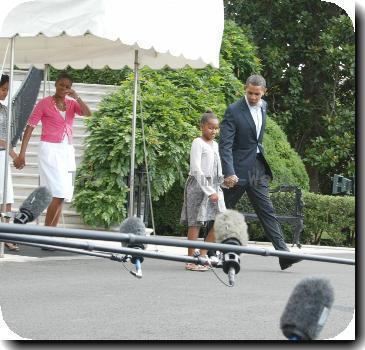After winning stimulus grant for passenger trains, Ohio looks for ways to pay its share
By Matt Leingang, APThursday, January 28, 2010
Ohio explores ways to pay passenger train costs
COLUMBUS, Ohio — Ohio will find a way to pay for a new passenger train system without increasing the state tax burden, transportation officials said Thursday, a day after winning a $400 million federal stimulus grant that adds the state to the national rail plan.
Gov. Ted Strickland touted the train project as a jobs builder, something that would create up to 11,000 positions in construction, engineering and spin-off economic development around new train stations. Thirteen passenger rail corridors in 31 states will receive grants, which are funded by the economic recovery act enacted last year.
Ohio’s train project, which calls for a 79-mph startup service connecting Cleveland, Columbus, Dayton and Cincinnati, will lay the foundation for a higher-speed system that eventually will branch off to the Midwest and East Coast, reducing traffic on state highways, Strickland said at a news conference with U.S. Labor Secretary Hilda Solis.
Not much was mentioned about Ohio’s cost to keep the trains running. Amtrak estimates that Ohio is looking at a $17 million annual operating subsidy.
The state has many options to line up funding before trains begin operations in 2012, said Matt Dietrich, executive director of the Ohio Rail Development Commission, the state agency overseeing the project.
In its October application for stimulus funding, the agency said the Ohio Department of Transportation has room in its budget to provide about $8 million, and the rest could be covered through other means, such as train advertising, food and beverage services and federal grants.
Gas tax money can’t be used. The Ohio Constitution requires revenue from the state’s 28-cent-per-gallon gasoline tax to be used only on highway projects.
State Sen. Tom Patton, a Republican from Strongsville who is chairman of the Senate’s Highways and Transportation Committee, said he’d support the train project as long as it doesn’t create a drag on taxpayers. But he’s also critical of spending money on passenger trains at a time when transit agencies in Cleveland and other cities are cutting back on bus services that draw many more riders.
“I worry that our priorities are misdirected,” Patton said.
Amtrak released a study in September predicting that a restored service in Ohio would draw 478,000 riders in its first year and has the demographics needed for successful operations, including population density and a concentration of colleges and universities.
Depending on how quickly the stimulus money arrives, construction on parts of the project could begin this spring, said Stu Nicholson, a spokesman with the state rail commission. New tracks will need to be laid on parts of the 255-mile route and upgrades will need to be made to bridges and road crossings to improve safety.
The $400 million stimulus grant is less than the $564 million that the state requested in its application. But Nicholson said the grant will be enough to provide an attractive rail service.
The project still calls for five train sets that will make three daily stops in each city, Nicholson said.
Ohio has one more big stimulus application waiting for a decision in Washington. The state sponsored a private company’s bid for $8.7 million to make passenger trains that would run on the national rail network.
U.S. Railcar LLC, which in June bought the assets of a shuttered Colorado railcar company, seeks to build a $14 million factory in suburban Columbus that would make diesel-fueled passenger cars and employ about 160 people.
Tags: Barack Obama, Cleveland, Columbus, North America, Ohio, Ownership Changes, Products And Services, United States

